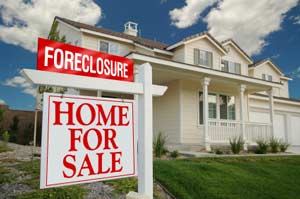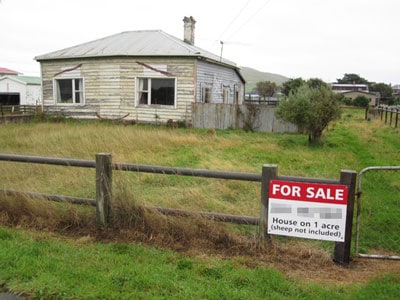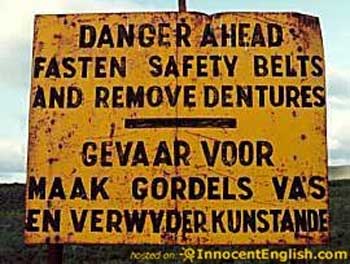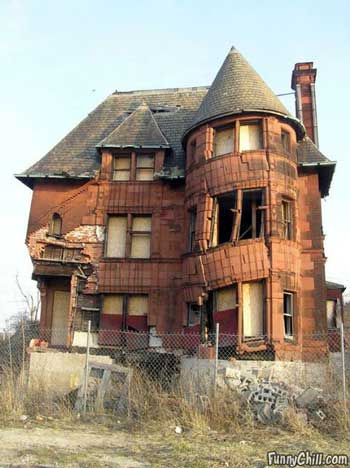Because there’s strong demand for affordable residences in markets that are seeing home prices surge, some homes sold at foreclosure auctions are netting more than what the lender is owed. Once debts, liens, and fees are paid off, the home owner who’d fallen behind in their mortgage payments is entitled to the remainder. But here’s the kicker: Many home owners don’t realize their rights, which means much of the money is going uncollected.
For example, Denver County, Colo., officials say they have nearly $1.5 million in uncollected surpluses from the sale of about 50 foreclosed homes.
“In the past, people who lost their homes to auctions were typically underwater. [Now] prices have risen so that real estate investors, especially at auctions, are sometimes willing to pay more than what the [homeowner] lost it for,” says Brandon Turner, author of “The Book on Rental Property Investing.”
Portland, Ore., Denver, Seattle, and Miami are all places where home prices are rising fast, and struggling homeowners may find more windfall profits in foreclosure auctions.
“Denver is one of the hottest real estate markets in the nation right now,” says Mica Ward, spokeswoman for the public trustee of Denver County. “So when a home does have to sell at a foreclosure auction, we’re consistently seeing that the home is selling for more than what is owed.” She estimates that about 80 percent of foreclosure auctions in Denver County result in surpluses over the original debt. She returned up to $169,000 to one foreclosed homeowner this year following an auction.
Source: Realtor.com
Related articles
Call or email us for all your real estate needs
O’Dell Realty
530-263-1091
Error: Contact form not found.





































